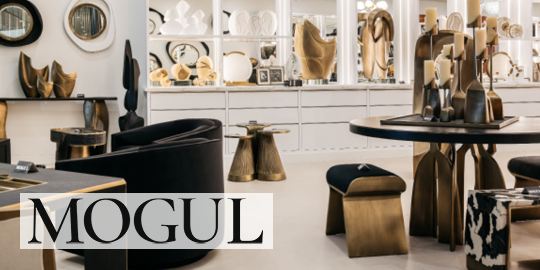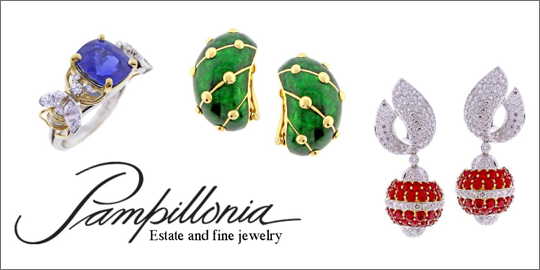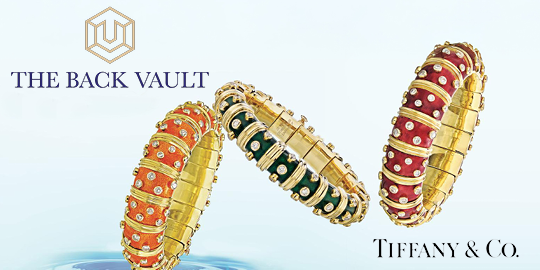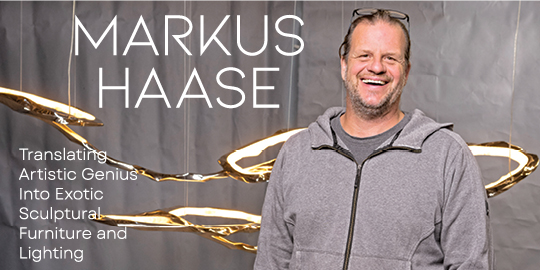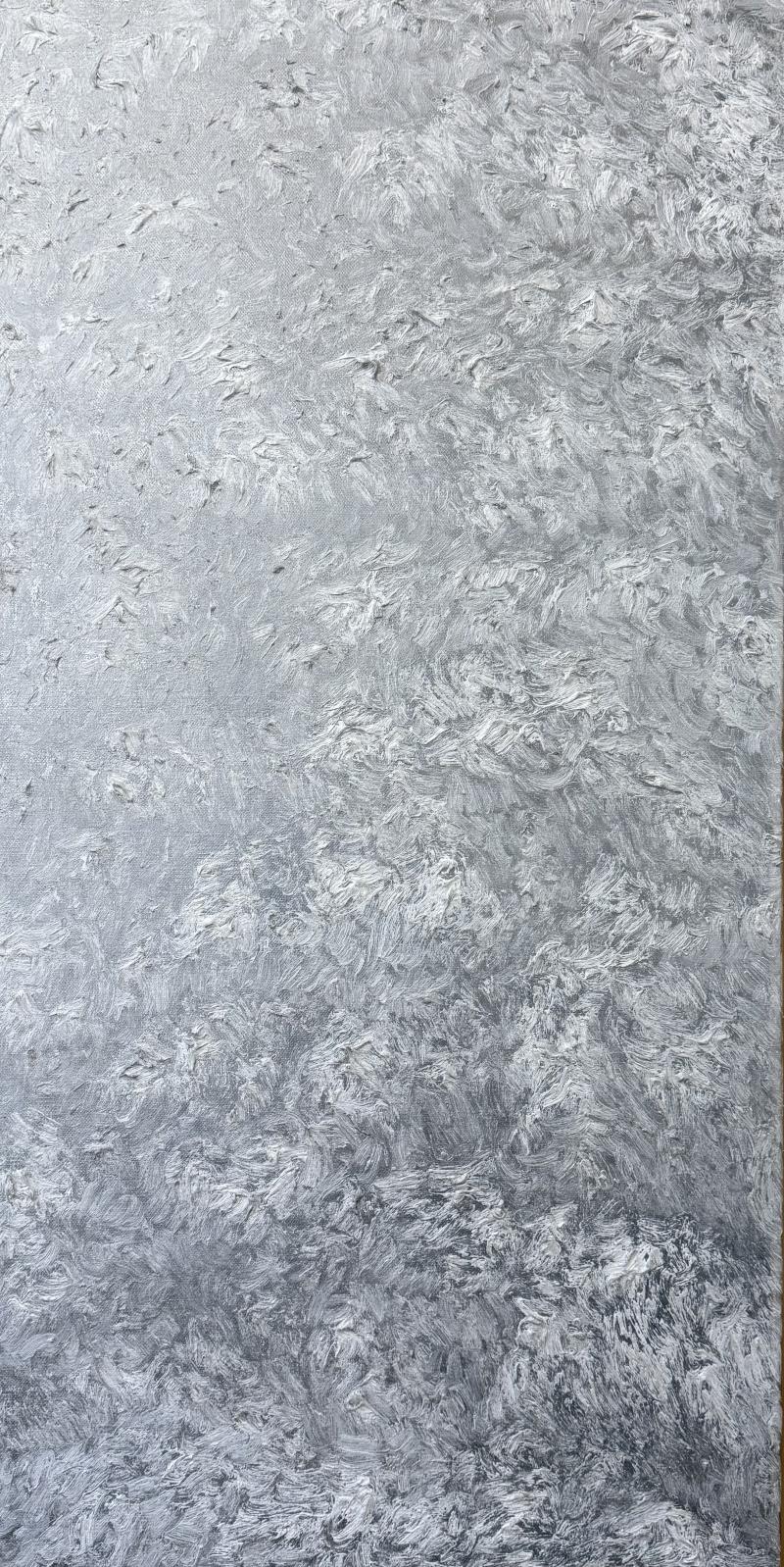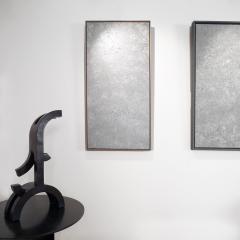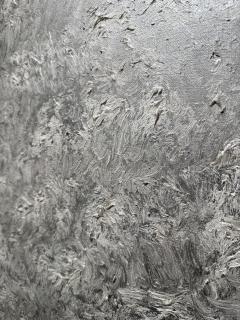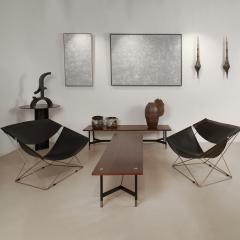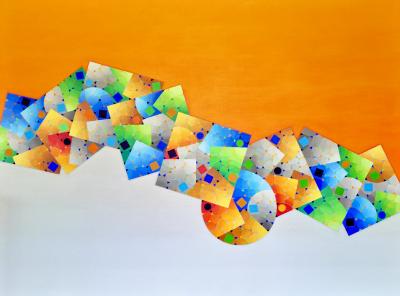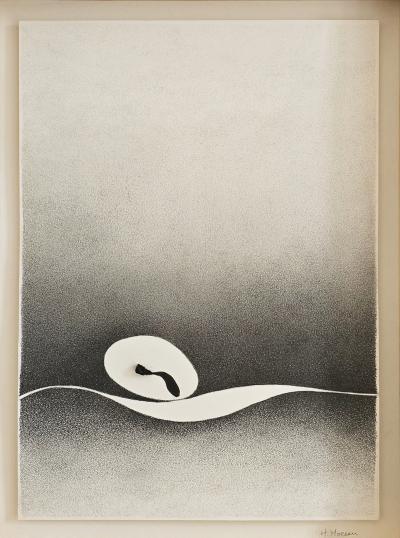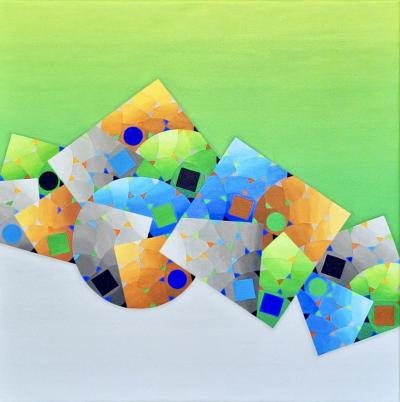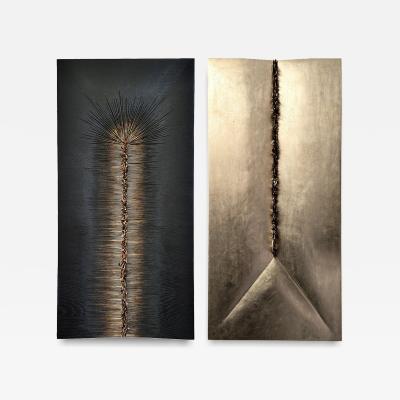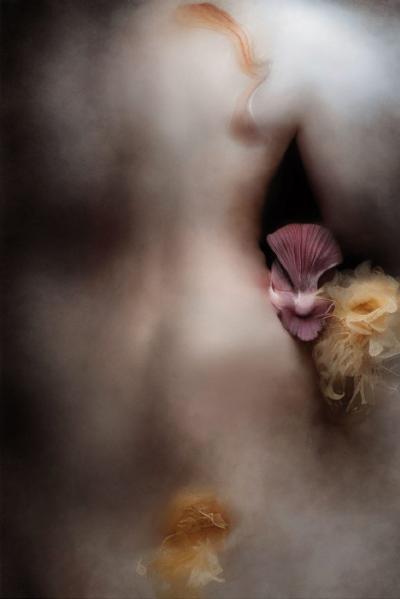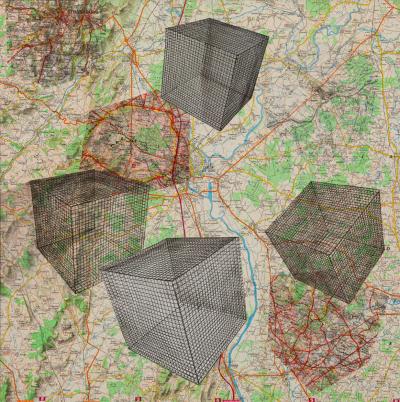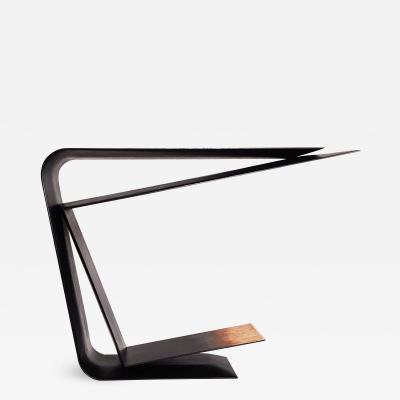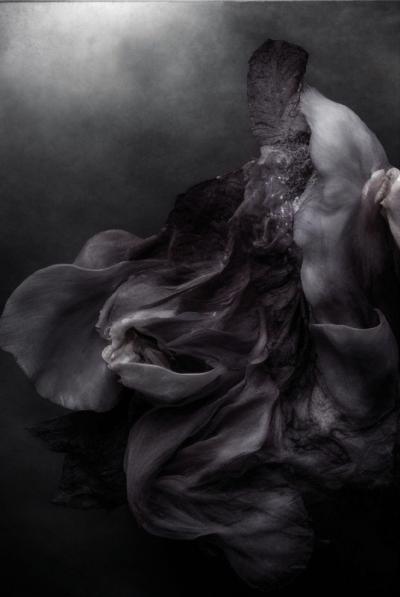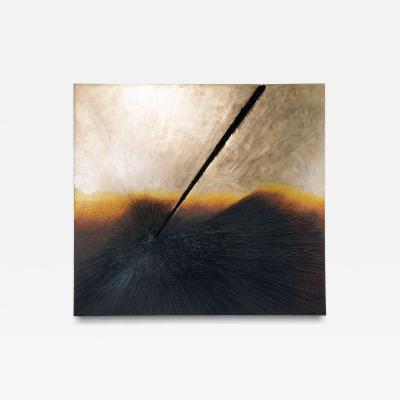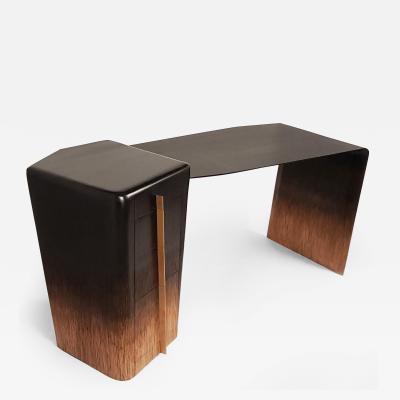Oil on canvas by Korean artist PARK Inhyuk.
The “Landscapes” series explores dreamlike and symbolic representations of nature, often on the border between the real and the imaginary. Through a soft palette and refined compositions, Park Inhyuk blends Korean pictorial tradition with contemporary aesthetics. His works evoke silent, almost meditative landscapes, where nature becomes the reflection of a peaceful interiority. The artist subtly plays with light, voids and shapes to invite contemplation and serenity.
“Nietzsche contrasted the Apollonian order with Dionysian energy, arguing that art should reveal the force of life through Dionysian impulses. My work, created by dynamic body movements and repetitive gestures, embodies this Dionysian sense of becoming and the overflow of force. Nietzsche would probably perceive him as the embodiment of the primordial and intense energy that art must possess.
My body is not just a tool for movement.
It carries with it the time I have been through, the experiences I have lived and the place where I was born. By practicing martial arts, I have subjected my body to rigorous discipline, and this training permeates my gestures, my rhythm and the traces I leave on the canvas.
My work is born from the intuitive movement of the body, but it is also deeply calculated.
As in martial practice, where improvisation meets rigor, my brushstrokes and lines generate rhythm and energy within a precise structure. There is a tension between push and resistance, a movement suspended in immobility, a process of completion that nevertheless remains unfinished.”
Park Inhyuk is a Korean visual artist born in 1977. He divides his time and work between South Korea and France, where he settled in 2005. Park Inhyuk’s work is characterized by an exploration of memory, absence, and the ephemeral. His monochrome paintings, with neutral palettes, feature superimposed blurred and anonymous portraits, evoking memories and faces encountered throughout life. Through these abstract compositions, the artist questions the relationship between the object and its perception over time. In his “Landscape” series, Park Inhyuk moves away from traditional figurative landscapes to depict “landscapes of gestures.” He expresses this idea through the superimposition of lines or the movement of liquid paint on canvas, capturing the free movement resulting from actions or gestures.








